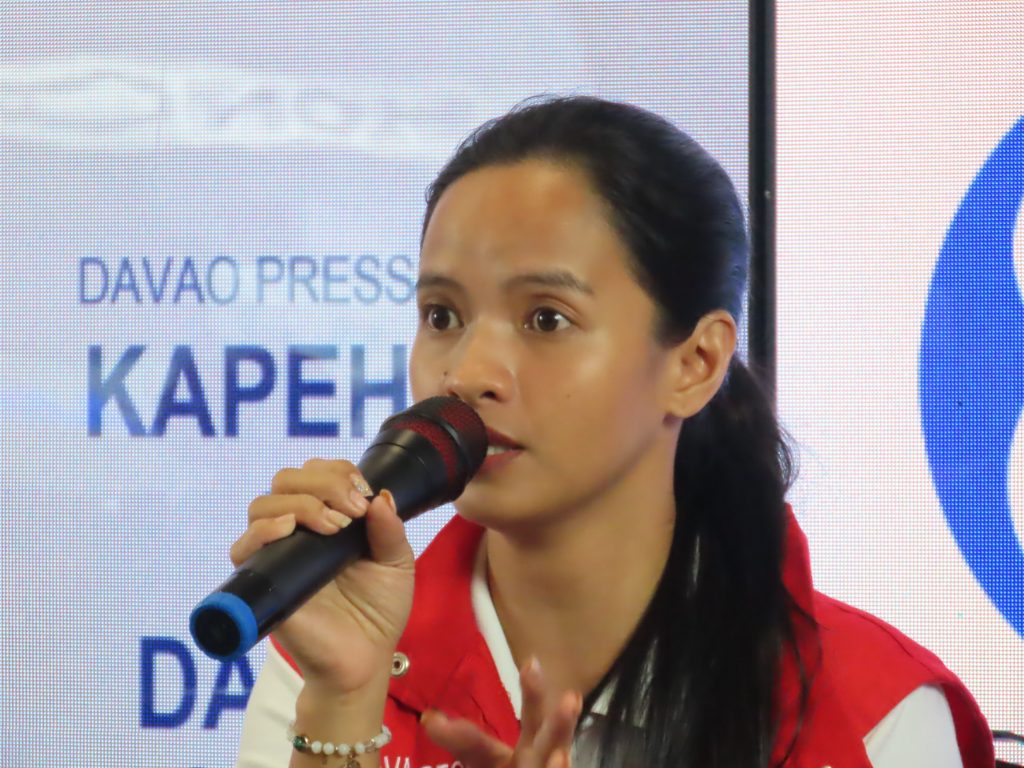
THE DEPARTMENT of Social Welfare and Development- Davao region announced the rollout of the Supplementary Feeding Program (SFP) 15th cycle to improve the nutritional status of 2-4 year olds.
During the Kapihan sa Dabaw on Monday, April Orquita, program development officer, revealed that the latest cycle will start on June 23 in child development centers (CDCs) and supervised neighborhood play.
For the 15th cycle, every child will have a budget of P25 each, covering 89,879 beneficiaries.
“The main reason why there are undernourished children is food insecurity. We have children nga dili gyud kaya sa panimalay nga makakaon three times a day,” Orquita said.
One of the factors for food insecurity includes the financial incapacity of the family.
For the region, high rates of undernourished children are focused in Davao del Sur, which is the priority under the Philippine Plan of Action for Nutrition (PPAN).
PPAN is a national framework for nutrition interventions in the country aimed at addressing all forms of nutrition deficiencies.
While some local government units of Davao del Sur have high undernourishment rates, Digos City is listed under a high rate of improvement.
LGU Tarragona of Davao Oriental has the most improved nutritional status in the 14th cycle, out of 49 LGUs.
For the 14th cycle, which ended February of last year, 5,666 undernourished/ malnourished children have improved nutritional status.
Of the number, 4,014 children have overcome malnourishment, representing a 70.84% improvement rate, leaving 1,652 kids yet to improve.
“Aside from the SFP, these LGUs have their own feeding program for the malnourished children, and they continue health education for parents of these children,” Orquita said.
The feeding program is being managed by the parents based on a prepared meal cycle using available indigenous food supplies, where children beneficiaries are weighed at the start of the feeding period and three months thereafter.
After the completion of 120 feeding days, the improvement and sustenance in the nutritional status of the beneficiaries will be determined.
However, beyond the 120 days, it is up to the LGU to continue the program. Orquita urged the LGUs to dedicate funds for the nutrition program to sustain and improve the nutritional status of children.
